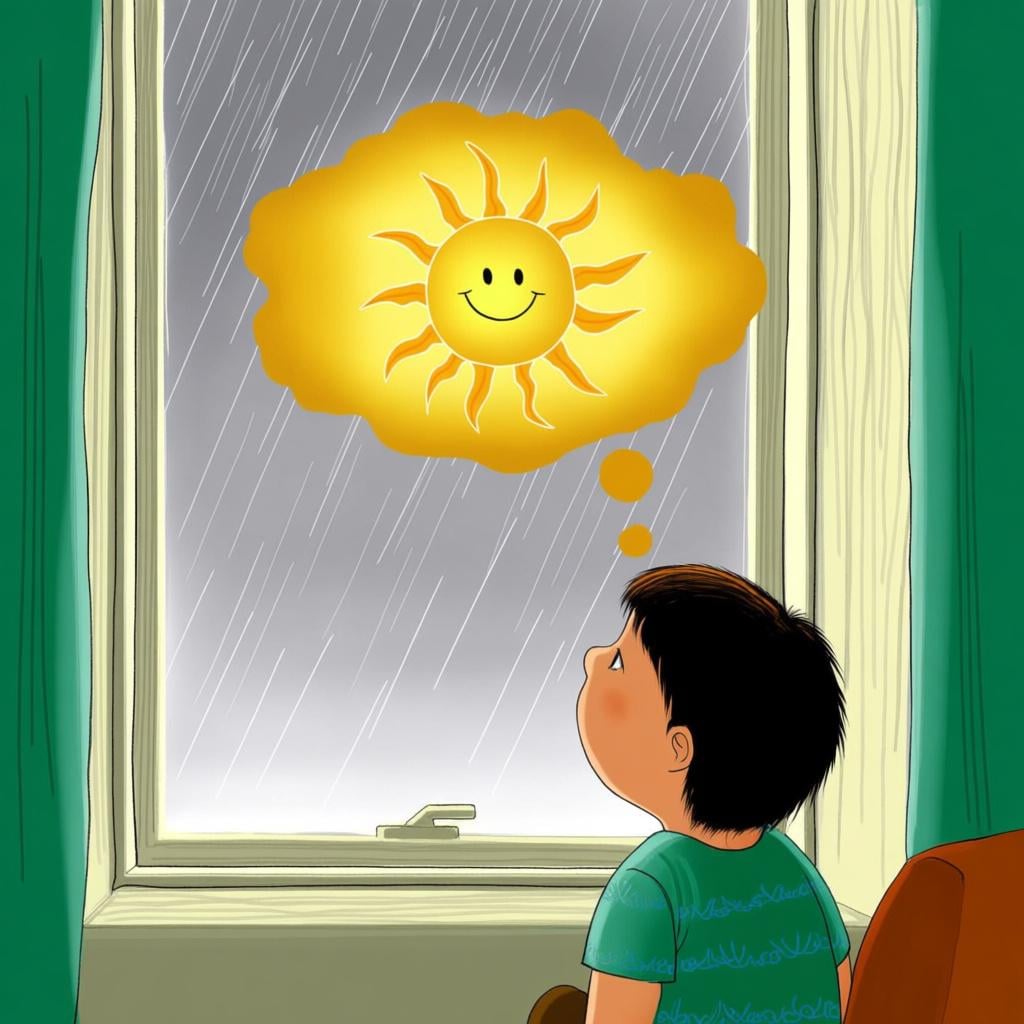haga
/AH-gah/
(that I/he/she/you) do

This image illustrates the subjunctive use of haga ('that it be'), often used to express a wish or hope for the weather, such as 'Espero que haga sol' (I hope it is sunny).
haga(Verb)
(that I/he/she/you) do
?Expressing wishes, doubts, possibilities
,(that I/he/she/you) make
?Expressing wishes, doubts, possibilities
(that it) be
?Used for weather, e.g., 'Espero que haga sol' (I hope it's sunny)
📝 In Action
Espero que mi amigo me haga un favor.
A2I hope my friend does me a favor.
No creo que él haga todo el trabajo solo.
B1I don't think he will do all the work alone.
Cuando usted haga la cena, avíseme.
B1When you make dinner, let me know.
Ojalá que haga buen tiempo mañana para ir a la playa.
A2I hope the weather is good tomorrow to go to the beach.
💡 Grammar Points
The 'Maybe' Mood (Subjunctive)
In Spanish, you use a special verb form for things that aren't facts, like wishes, doubts, or suggestions. 'Haga' is this special form for 'hacer'. You'll often see it after phrases like 'espero que' (I hope that) or 'es posible que' (it's possible that).
❌ Common Pitfalls
Using 'hace' instead of 'haga'
Mistake: "Quiero que mi papá *hace* la paella."
Correction: Quiero que mi papá haga la paella. After 'quiero que' (I want that), Spanish needs the special 'haga' form because it's a desire, not a fact.
⭐ Usage Tips
Look for Trigger Phrases
Whenever you see phrases that express uncertainty, desire, or emotion (like 'espero que...', 'dudo que...', 'me gusta que...'), your brain should get ready to use 'haga' instead of the normal 'hace'.

When used as a formal command, haga means 'Do' or 'Make.' This image shows a concierge directing a person to 'Haga la fila' (Make the line).
📝 In Action
Señor, haga la fila aquí, por favor.
A1Sir, make the line here, please.
Haga clic en el botón para continuar.
A2Click the button to continue.
No haga ruido, el bebé está durmiendo.
A1Don't make noise, the baby is sleeping.
💡 Grammar Points
Giving Formal Commands
'Haga' is how you tell someone you call 'usted' (sir, ma'am, or someone you don't know well) to do or make something. It works for both positive commands ('Haga esto') and negative ones ('No haga eso').
❌ Common Pitfalls
Using 'haz' in a formal situation
Mistake: "Profesor, *haz* la pregunta otra vez."
Correction: Profesor, haga la pregunta otra vez. Use 'haga' for people you should show respect to, like a teacher, a boss, or an older person.
⭐ Usage Tips
The Polite Softener
Adding 'por favor' (please) before or after a command with 'haga' makes it sound even more polite and respectful. For example, 'Haga silencio, por favor.'
🔄 Conjugations
indicative
present
imperfect
preterite
subjunctive
present
imperfect
✏️ Quick Practice
💡 Quick Quiz: haga
Question 1 of 1
Which sentence uses 'haga' to give a direct, formal command?
📚 More Resources
Frequently Asked Questions
What's the difference between 'haga' and 'hace'?
'Hace' states a fact (e.g., 'Él hace la tarea' - He does the homework). 'Haga' is used for non-facts, like wishes ('Espero que él haga la tarea' - I hope he does the homework) or formal commands ('Haga la tarea' - Do the homework).
When do I use 'haga' vs. 'haz'?
They are both commands, but for different people. Use 'haz' when talking to a friend, family member, or someone you call 'tú' (informal 'you'). Use 'haga' when talking to someone you should show respect to, like a boss, an older person, or a stranger you would call 'usted' (formal 'you').